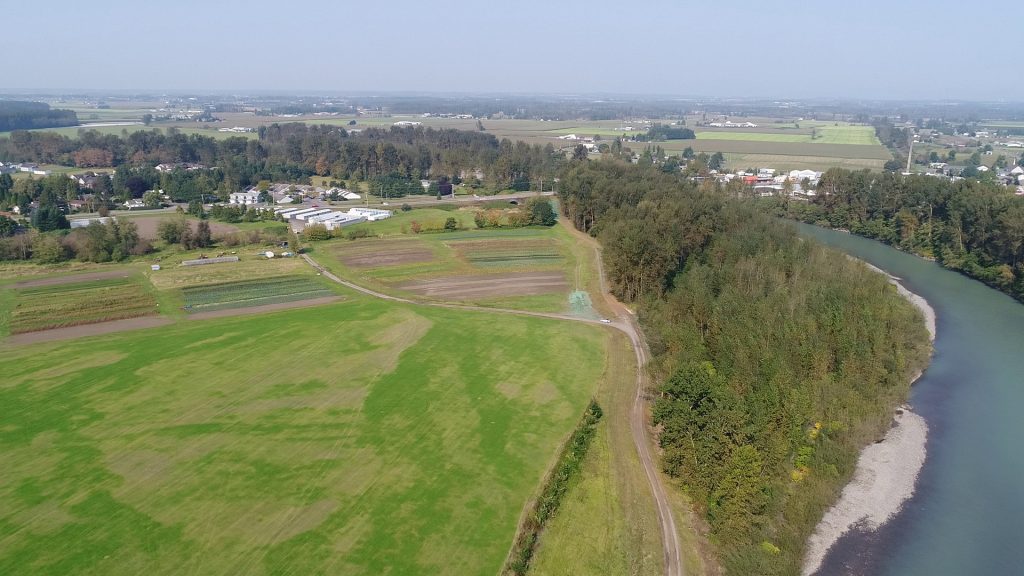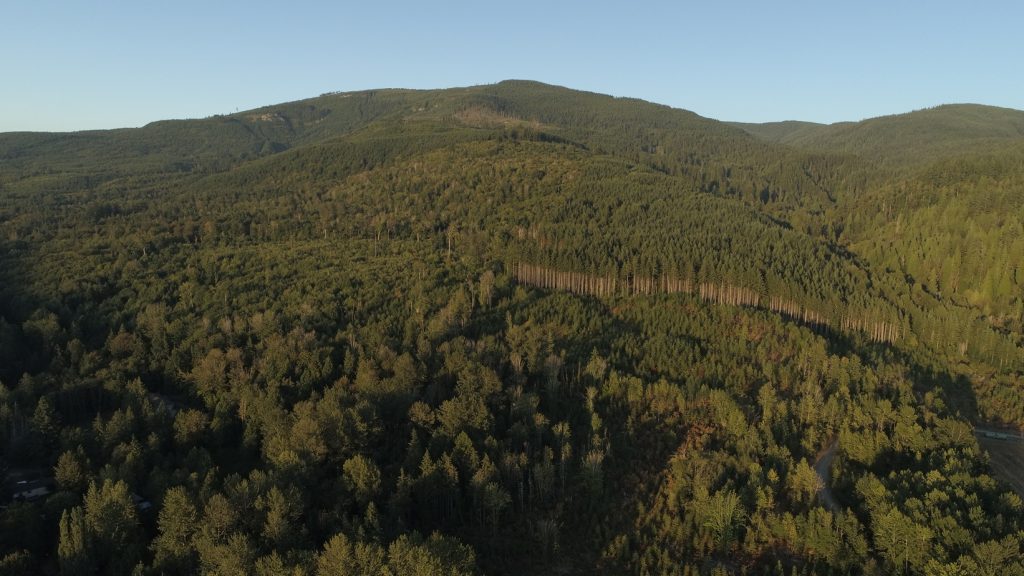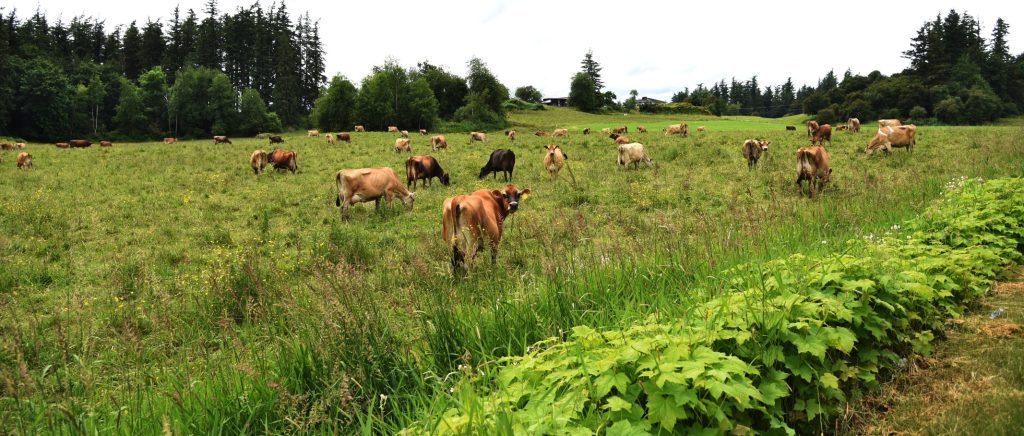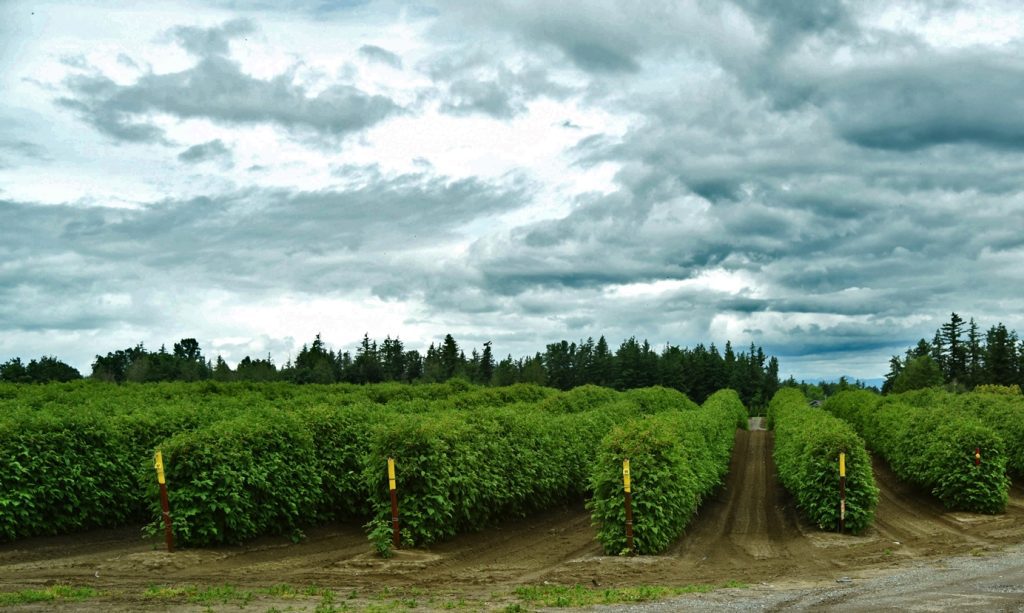Since 2002, more than 1,900 acres across Whatcom County have entered into what’s known as the Conservation Easement Program (CEP).
This voluntary program pays landowners for the unused development rights of their properties in exchange for placing permanent easements on that land. Used primarily for farmland preservation to prohibit non-agricultural development, the easements were expanded in 2018 to include land protection of forest and other ecologically-sensitive areas.
“If you are passionate about the preservation of the agricultural, forestry, or ecological values of your property, this is a great option,” says Lauren Templeton, the program’s administrator.

The program’s funding is split about 50/50 between the county’s Conservation Futures Fund — which is funded by a local property tax levy — and matched funds from local, state and federal grants.
The act of placing a conservation easement on a property does not make it public land. While the easement permanently restricts development, landowners who participate retain their property rights, including the right to farm, sell or pass on their land to heirs.
The Process
Landowners apply to be part of the program by completing a free application, which is then put before the program’s oversight committee — comprised of local farmers, citizens and farm-related businesspeople — for review. If the committee agrees to pursue an easement on a particular property, a multi-step process begins. It can be lengthy, taking two to three years to complete, Templeton says.
This includes finding match grant funding for each property, submitting lot of records applications, and completing the survey and appraisal process. Each potential property is then reviewed and approved by the Whatcom County Council.

Next, a conservation plan is developed for protecting its natural resources in alignment with current uses, followed by the creation of a conservation easement document. Each easement is monitored annually by the Whatcom Land Trust, to ensure compliance.
While the numerous steps required might sound daunting, it mostly just requires patience on the part of the property owner as the program administrator will complete the majority of the application requirements.
“There’s no responsibility on the landowner to find matching funding,” she says. “Very little responsibility is actually on the landowner once they apply and are selected.”

The Benefits
Payment to a landowner for their easement is, obviously, the most immediate benefit.
Compensation varies widely and is dependent on the appraised value of placing an easement, but the average value is about $4,000 an acre. The money can go towards their retirement or reinvestment in their farm, and can act as a great additional income source, Templeton says.
But the benefits also extend while beyond a financial bottom line.
“For a lot of farmers, it’s not just all about the money,” says Jen Glyzinski, chair of the CEP oversight committee. “They really want to see the land preserved for future generations, and not have it be built over top of.”

The conservation of local lands is also of obvious benefit to the environment. The program itself has six conservation goals, which serve as a framework for protecting the land with greatest community benefit.
These goals include protecting agricultural lands to sustain locally-owned farms and healthy food production, and protecting forests to promote clean air, water, healthy wildlife and working forest economies. Others goals of the program include protecting natural ecosystems for diversity, water resources for safe drinking water and fish habitats, natural areas from adverse impact by climate change, and protecting open spaces to preserve cultural, historic, scenic and recreational resources.
If interested, now is a great time to contact Templeton and get the ball rolling.
As Glyzinski notes, participating is a win-win for landowners, the environment, and the community at-large.
“All these projects are really important, and they mean something,” she says. “It’s a really great thing to do.”
Sponsored





































